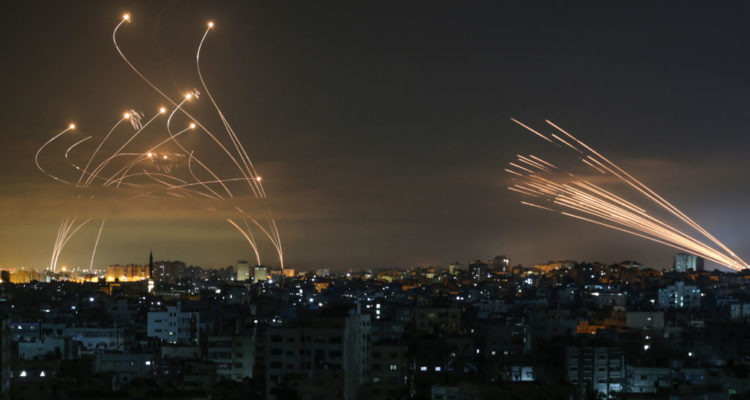The Israel–Hamas conflagration of 10–21 May, the fourth such conflict since 2008, has been over for almost two months.
Diplomatic drama and manoeuvrings continue in its aftermath: incendiary balloon attacks from Gaza sparking Israeli retaliation, ceasefire talks mediated by Cairo including discussion of possible prisoner exchanges, intra-Palestinian unrest, and ongoing negotiations on arrangements for international efforts to reconstruct the damaged areas of Gaza.
It seems appropriate to now review the conflict and its aftermath, with an eye to preventing the civilians of Israel and Gaza from having to suffer through yet further rounds.
Both sides claimed victory. Israel says it killed around 215 Hamas and Palestinian Islamic Jihad fighters, including 25 commanders, and destroyed countless military assets, including rockets, launchers and other equipment, offices and headquarters, about 100 kilometres of military tunnels, and much more.
Hamas claimed victory because it could still fire rockets up to the ceasefire on 21 May and because it caused significant damage and injury in Israel, including 13 deaths. Hamas also hoped to achieve some broader strategic aims in the context of its overall goal to ultimately see Israel’s demise.
One was to sour relations between Israel’s Jews and Arabs just when they were warming to the extent that it seemed, for the first time, an Israeli Arab political party would join a governing coalition.
Read the article by Jamie Hyams in The Strategist.

